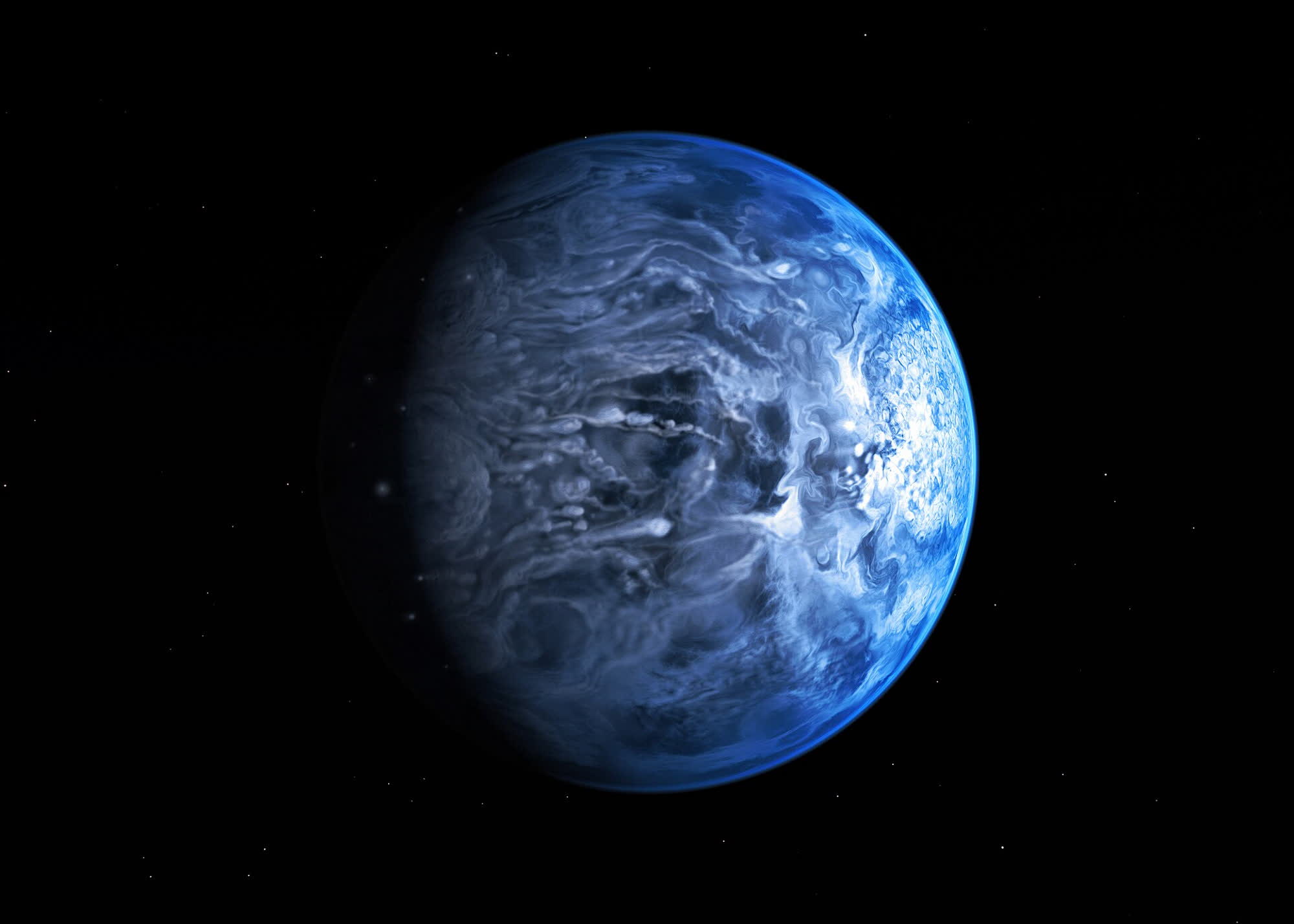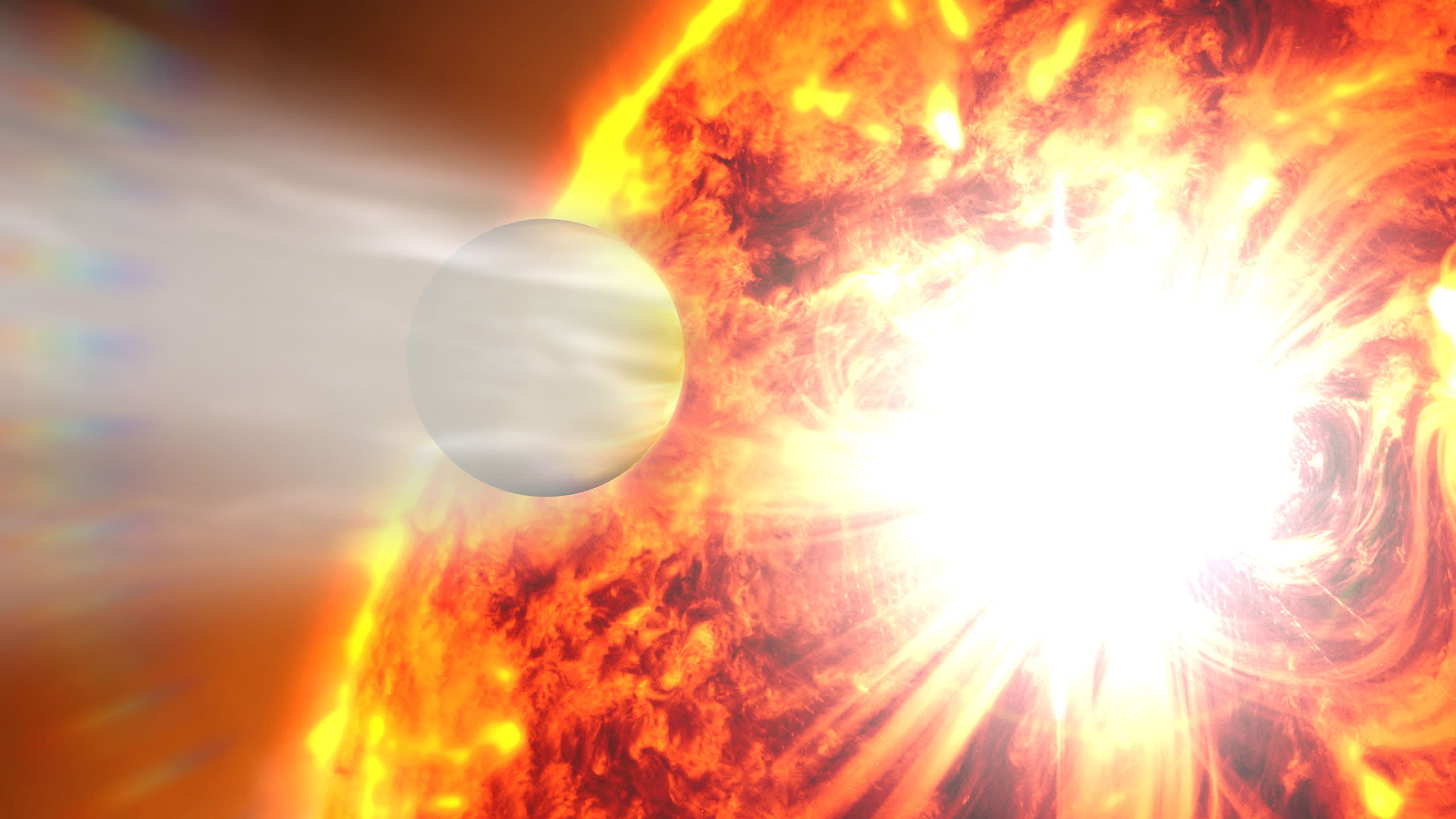A Stinky Odyssey: HD 189733 b is a well-known exoplanet discovered in October 2005. The planet has a mass 11.2 percent greater than that of Jupiter and a radius 11.4 percent larger. According to the latest data from the James Webb Telescope, it possesses an atmosphere with rather unusual features.

Scientists have been studying HD 189733 b for nearly two decades, continuously making new discoveries about it with the aid of advanced space observatories. A recent study published in Nature highlights how this Jupiter-mass exoplanet possesses an atmosphere rich in hydrogen sulfide.
HD 189733 b is tidally locked to its host star (HD 189733), resulting in permanent day and night sides on its surface. The planet orbits closer to HD 189733 than Mercury does to our Sun, completing one orbit around its star every 2.2 days. Previous observations have revealed that HD 189733 b experiences extreme weather phenomena and atmospheric conditions.
With a temperature of 927 degrees Celsius, sufficient to melt lead, the "dayside'"atmosphere of this exoplanet is so hot that glass vaporizes. Swift, turbulent winds, reaching speeds of 8,046 kilometers per hour constantly carry this vaporized glass to the planet's night side. There, it condenses into "glass rain," which is blown sideways rather than falling to the ground.

Thanks to observations made with the JWST, scientists have discovered that HD 189733 b's atmosphere is rich in hydrogen sulfide. If a human could hypothetically survive the exoplanet's hellish environment for just a couple of seconds, they would detect the molecule with their nose, perceiving it as the distinctive stench of rotten eggs.
Guangwei Fu, a Johns Hopkins astrophysicist who led the research, noted that we didn't previously know hydrogen sulfide was part of HD 189733 b's atmosphere. While the molecule has been detected in Jupiter's atmosphere, its presence on this exoplanet beyond our solar system had not been confirmed until now.
"We're not looking for life on this planet because it's way too hot," the scientists said, "but finding hydrogen sulfide is a stepping stone for finding this molecule on other planets and gaining more understanding of how different types of planets form."
The instruments aboard the James Webb telescope provided Fu's team with sufficient data to measure the amount of hydrogen sulfide in HD 189733 b's atmosphere, along with identifying potential sources of oxygen, carbon in forms such as water, carbon dioxide, and carbon monoxide.
Jupiter-like exoplanet endures molten glass showers and rotten egg odor
